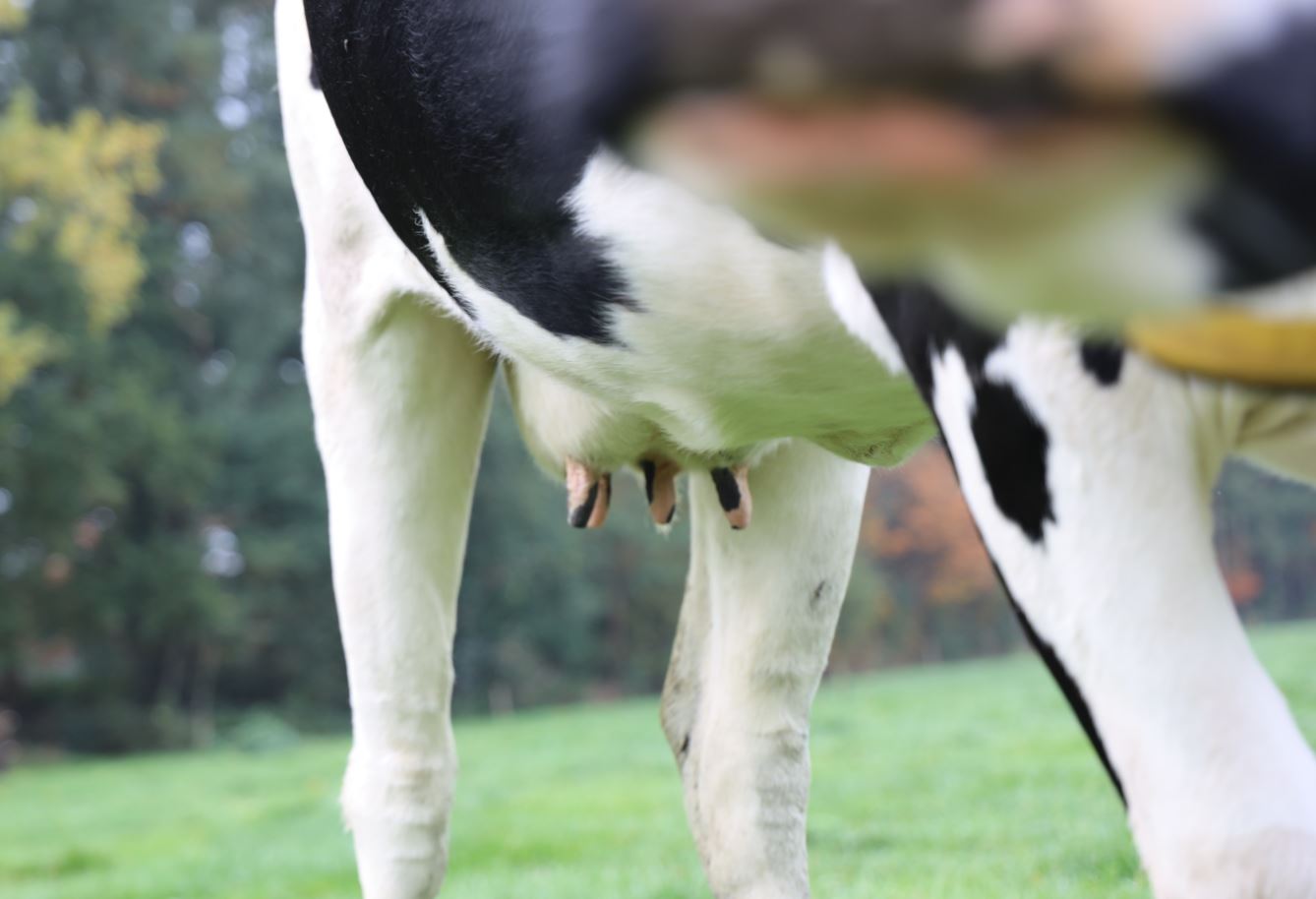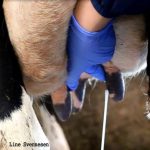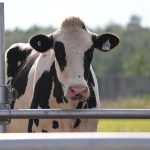Foremilk and udder cleft skin pose new reservoirs niches to digital dermatitis-associated ‘Treponema’ species in dairy cattle

A research by Dr. Yasser Mahmmod, (IsDB Merit Research Fellow and Marie Sklodowska-Curie Fellow) published in Tropical Animal Health and Production.
We carried out this study to identify and characterize the potential reservoir niches for digital dermatitis (DD)-associated Treponema spp. from healthy udder cleft skin and foremilk in lactating dairy cows using nested PCR assays and DNA sequencing. The findings of this study would boost our understanding and knowledge for the transmission of DD-associated Treponema spp. in dairy farms and that indeed will enhance the current control strategies for minimizing the contagious spread of digital dermatitis in dairy cattle populations.
We concluded that digital dermatitis Treponema, T. phagedenis–like and T. pedis, can be detected in the healthy skin of udder cleft and foremilk samples suggesting that these niches are potential reservoirs for spirochetes involved in digital dermatitis. Udder cleft skin and milk may have a role in transmission routes of digital dermatitis Treponema in dairy farms.

To carry out the study, we visited a large dairy farm weekly from March to July 2015. Clinical investigation revealed that a total of 25 lame cows had DD lesions located at the plantar aspect of the interdigital cleft. A total of 75 samples, three per cow, were collected including deep swabs from DD lesions (n = 25), non-aseptically collected foremilk samples (n = 25) and skin swabs from udder cleft (n = 25). Treponema spp. were identified using nested PCR assays and confirmed by DNA sequencing.
Our findings revealed that Treponema phagedenis (T. phagedenis)–like was the most identified species in the foremilk 40% (10/25), in comparison with DD lesions and udder cleft skin samples with 32% (8/25) and 20% (5/25), respectively. On the other hand, Treponema pedis (T. pedis) was the most identified species in the udder cleft skin 80% (20/25), in comparison with DD lesions and foremilk samples with 68% (17/25) and 60% (15/25), respectively. None of the examined samples were identified by PCR as containing DNA from Treponema medium (T. medium) or Treponema vincentii (T. vincentii)–like.
The authors would like to thank the management staff of the farm for their logistic support. Special thanks to the farm workers for their help and patience during animal examination and collection of samples.
Article:













